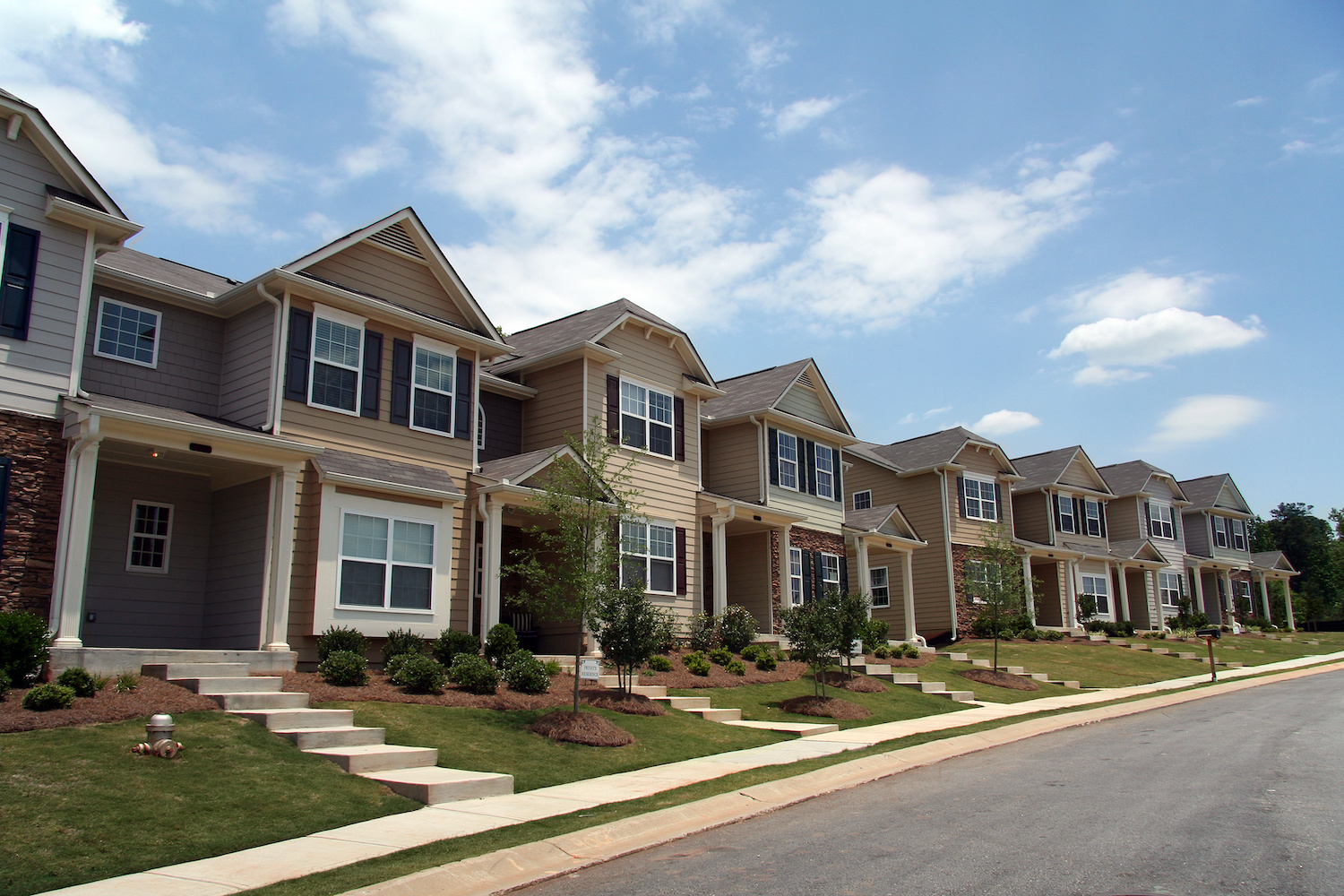Living in a strata can be a unique experience that blends convenience with a sense of community. This lifestyle choice presents its own set of advantages and challenges, making it essential to weigh the pros and cons carefully before diving in.
One of the primary advantages of strata living is the sense of community it fosters. Residents often find themselves surrounded by neighbors who share similar interests and lifestyles, creating opportunities for social interaction. Strata living can offer a more vibrant atmosphere, where communal events, shared spaces, and friendly gatherings are common, making it easier to forge lasting relationships.
Another significant benefit is the level of maintenance and management provided. Many strata properties have dedicated management teams that handle upkeep, repairs, and security, alleviating the burden on individual owners. This includes everything from landscaping and pool maintenance to building security and cleaning of common areas. For those who value convenience, this can be a major draw.
Strata living also often provides access to amenities that might be out of reach in traditional housing. Pools, gyms, and communal lounges are just a few examples of the perks that can enhance quality of life. These shared facilities can be a great way to engage in a healthy lifestyle and enjoy leisure activities without the responsibility of ownership.
However, it’s essential to consider some cons associated with strata living. One of the most significant drawbacks can be the restrictions placed on homeowners by strata bylaws. These regulations can dictate everything from pet ownership to renovations and even the colors you may paint your home. For those who value autonomy and individuality, this could feel stifling.
Additionally, the cost of living in a strata often involves monthly fees that cover management, maintenance, and communal utilities. While these fees can be justified by the services provided, they can be a financial strain, particularly if unexpected levies arise for repairs or upgrades to shared facilities.
Conflict can also arise in strata settings, given the close proximity of residents. Differences in lifestyle, noise levels, and expectations can lead to disagreements, which can make living in harmony a challenge at times. Open communication and a willingness to compromise are crucial for navigating these potential conflicts smoothly.
In conclusion, living in a strata has its appealing aspects, such as community spirit, convenience, and access to amenities, as well as its challenges, including restrictions on ownership and the potential for conflict with neighbors. For those considering this lifestyle, it is vital to assess both sides and determine how much weight each factor carries in your personal decision-making process. With thoughtful consideration, strata living can be a rewarding and enjoyable experience.


Comments:
Post Your Comment: